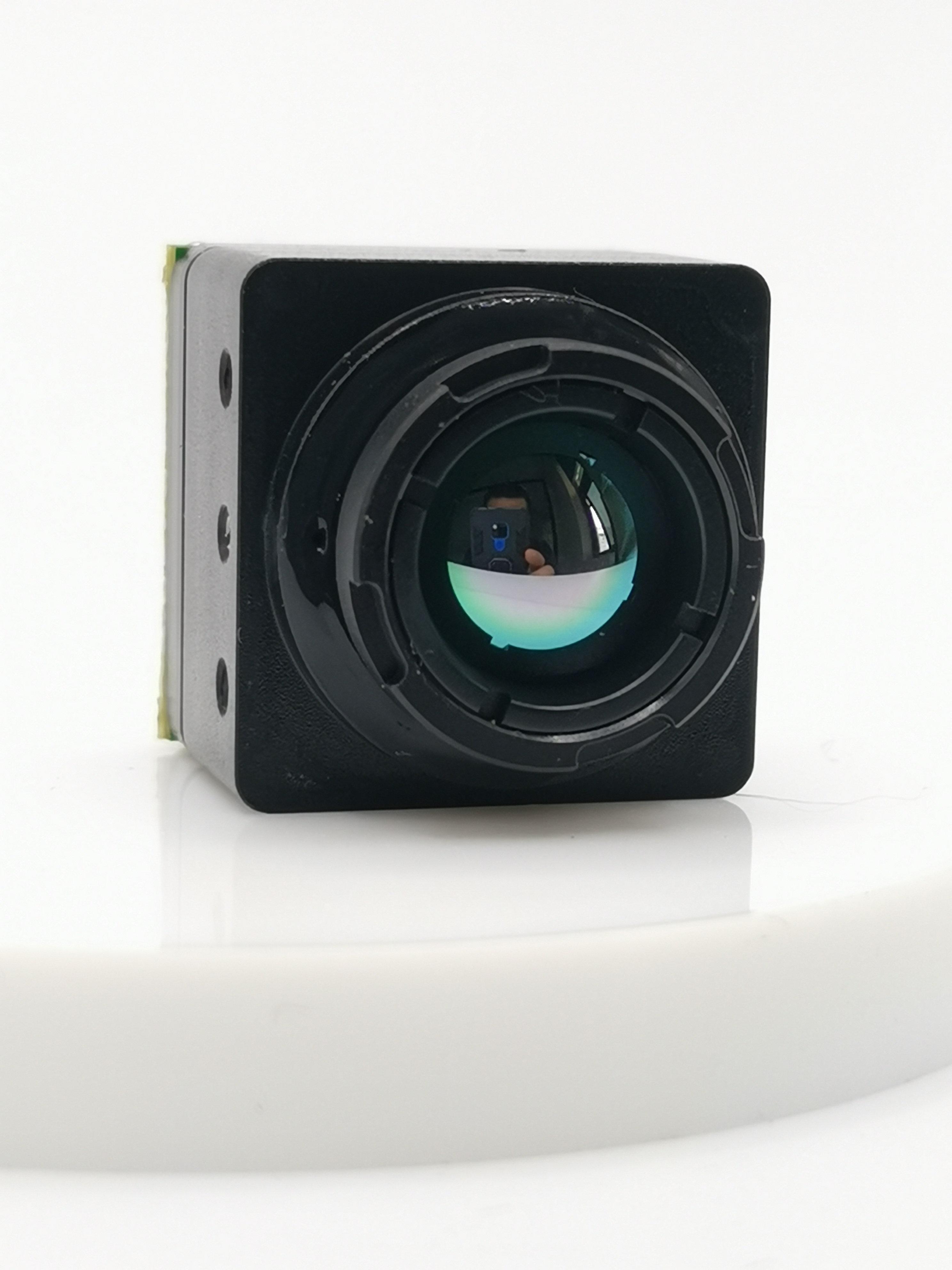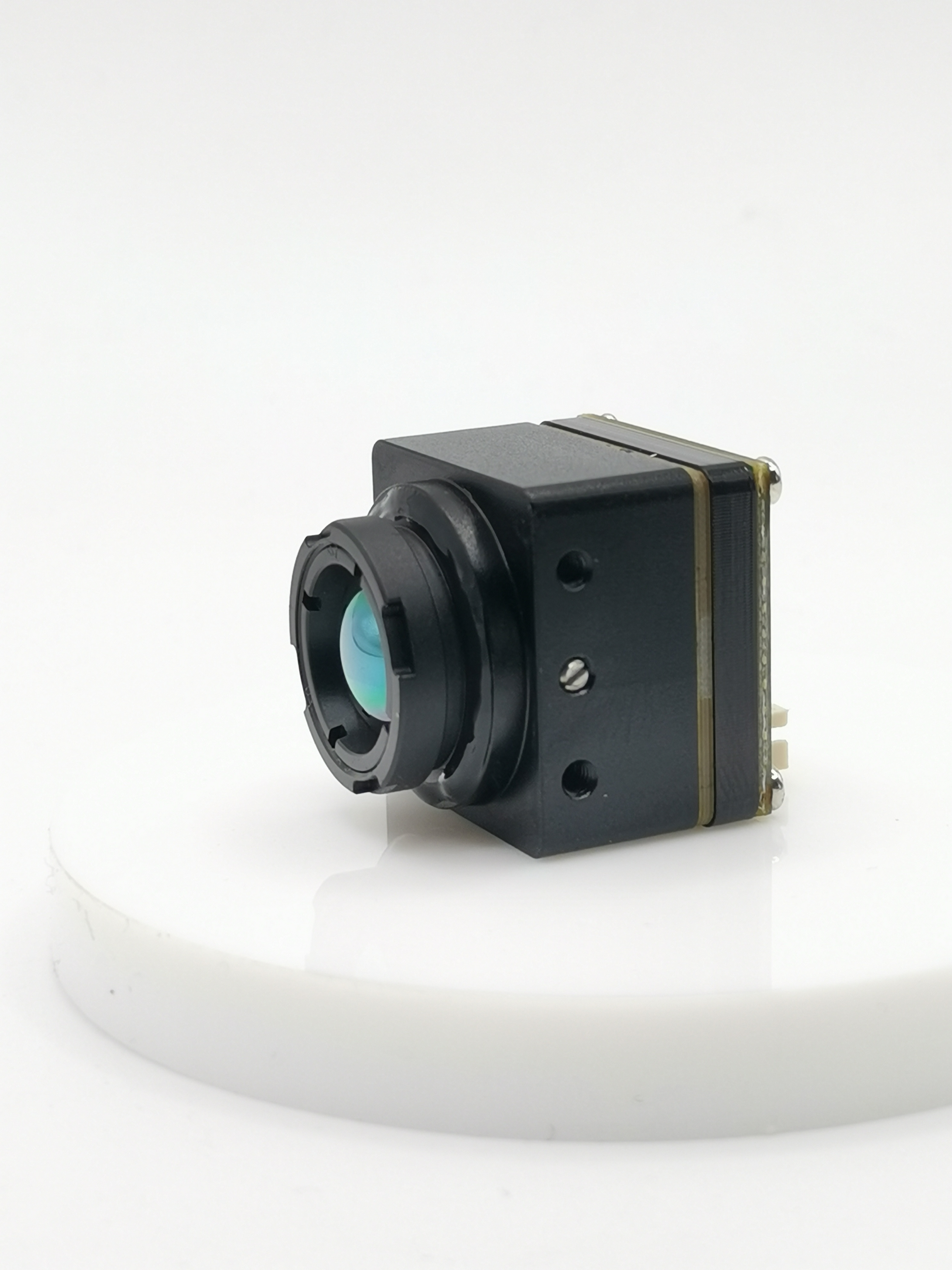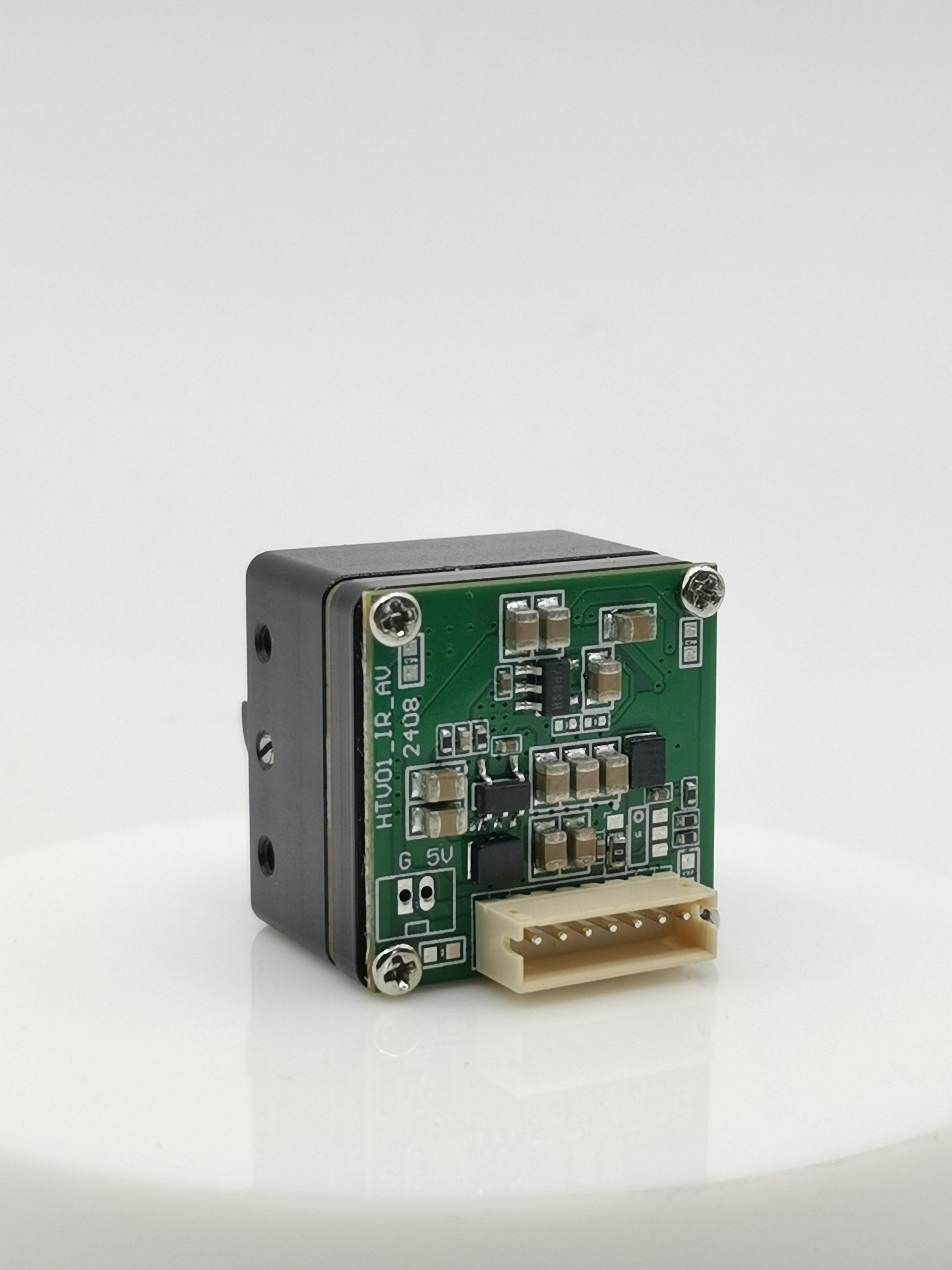Thermal Camera vs Night Vision: Which is Better?

In the realm of surveillance and observation, understanding the nuances between thermal camera vs night vision is paramount. Selecting the appropriate technology can significantly impact the effectiveness of your operations. The forthcoming comparison will shed light on the distinctive features of these tools, aiding in making an informed decision based on specific requirements. Whether you're considering a thermal imaging camera Lowes, a thermal smartphone, or an infrared camera, this guide will provide the insights you need.
Functionality Comparison
When considering the thermal camera vs night vision debate, understanding how each technology operates is crucial for making an informed decision. Both thermal cameras and night vision devices have distinct functionalities that cater to different needs and scenarios.
How Thermal Cameras Work
In the realm of surveillance technology, thermal cameras stand out due to their unique method of operation. These devices detect heat emitted by objects rather than relying on visible light. The process involves capturing the thermal radiation from various sources and converting it into a visible image. This mechanism enables thermal cameras to excel in scenarios where traditional cameras fall short, such as low-light conditions or environments with obstacles obstructing visibility.
Heat Detection
One of the primary functions of thermal cameras is their ability to detect heat signatures effectively. By measuring the infrared radiation emitted by objects, these devices can create a detailed heat map of the surroundings. This feature is particularly useful in situations where identifying temperature variations is essential, such as in industrial settings or search and rescue operations.
Image Display
The way thermal cameras display images sets them apart from conventional visual devices. Instead of producing standard images based on reflected light, thermal cameras generate visuals based on heat differentials. This unique approach allows users to see clearly in total darkness or through smoke and fog, making them invaluable tools in challenging environments.
How Night Vision Devices Work
On the other hand, night vision devices operate by amplifying existing light sources to enhance visibility in low-light conditions. Unlike thermal cameras that rely on heat detection, night vision technology focuses on intensifying available light to produce clear images.
Light Amplification
The core functionality of night vision devices lies in their ability to amplify ambient light for improved visibility. By collecting and intensifying minimal light particles present in the environment, these devices can create bright and detailed images even in near-complete darkness. This feature makes night vision ideal for activities like nocturnal wildlife observation or covert military operations.
Image Display
Similar to thermal cameras, night vision devices also offer a unique way of displaying images. By converting amplified light into visible images predominantly in shades of green or black and white, night vision provides users with enhanced visual clarity during nighttime activities.
Thermal Camera vs Night Vision
When comparing thermal cameras vs night vision, several key differences become apparent regarding their functionality and applications.
Key Differences
Detection Method: Thermal cameras sense heat signatures, while night vision relies on amplifying available light.
Environmental Adaptability: Thermal imaging excels in total darkness and adverse conditions, whereas night vision performs best in low-light scenarios.
Image Display: Thermal imaging creates visuals based on heat differentials, while night vision produces intensified images using existing light sources.
Applications: Each technology has specific use cases; thermal imaging is prevalent in industrial settings and security applications, while night vision finds extensive use in military operations and recreational activities.
Advantages and Disadvantages
Thermal Cameras: Advantages include superior performance in total darkness and adverse weather conditions but may struggle with recognition details compared to night vision.
Disadvantages encompass limitations when faced with thin materials obstructing heat signatures.
Night Vision Devices: Advantages lie in excellent performance under low-light conditions for recognition purposes but may lack efficiency during complete darkness.
Disadvantages include reliance on ambient light sources for operation which can limit functionality during pitch-black environments.
Performance in Different Conditions

Low-Light Conditions
Night vision devices exhibit superiority in low-light conditions by amplifying available light sources to enhance visibility. This technology enables clear and detailed imaging even when natural light is minimal, making it ideal for activities like nocturnal wildlife observation or covert military operations.
Total Darkness
In scenarios of total darkness, thermal imaging showcases its superiority over night vision devices. Thermal imagers excel by detecting heat emitted by objects, allowing for efficient visibility without the need for any ambient light sources. This capability makes thermal imaging invaluable in situations where traditional night vision would struggle to provide clear images.
Adverse Weather Conditions
When faced with adverse weather conditions such as fog or smoke, thermal imaging proves its efficiency. By relying on heat detection rather than visible light, thermal cameras can penetrate through environmental obstructions that might hinder night vision devices. This feature ensures consistent performance and reliable imaging quality even in challenging weather scenarios.
Thermal Imaging Camera Lowes
When considering thermal imaging camera Lowes, individuals are presented with a range of options that cater to diverse needs. The availability of these devices ensures that users can select the most suitable model based on their specific requirements.
Availability and Options
Variety: Different thermal imaging cameras are available at Lowe's, offering a variety of features and functionalities.
Brands: Leading brands in thermal imaging technology can be found at Lowe's, providing users with trusted options.
Specifications: Each thermal camera comes with unique specifications, such as resolution, range, and additional capabilities.
Price Range: The pricing at Lowe's varies, allowing customers to choose a device that fits their budget.
Customer Support: Lowe's offers customer support services for thermal imaging cameras, assisting users with product information and troubleshooting.
By exploring the availability and options of thermal imaging camera Lowes, individuals can make an informed decision when selecting a device that aligns with their specific needs.
Applications and Costs

Common Uses of Thermal Cameras
Industrial Applications
When it comes to thermal cameras, their application in industrial settings is extensive. Industries utilize thermal cameras for various purposes, including equipment maintenance, electrical inspections, and monitoring mechanical operations. The ability of thermal cameras to detect heat variances accurately enables early identification of potential issues, preventing costly downtime and ensuring operational efficiency.
Security and Surveillance
In the realm of security and surveillance, thermal cameras play a crucial role in enhancing monitoring capabilities. These devices are adept at detecting intruders even in challenging lighting conditions, providing clear visibility regardless of darkness or environmental obstructions. By offering reliable detection based on heat signatures rather than visible light, thermal cameras ensure robust security measures for both residential and commercial properties.
Common Uses of Night Vision Devices
Military and Law Enforcement
Night vision technology is indispensable in military and law enforcement operations due to its superior performance in low-light scenarios. Military personnel rely on night vision devices for enhanced visibility during nocturnal missions, enabling them to navigate terrain effectively and identify potential threats. Similarly, law enforcement agencies utilize night vision for surveillance activities, covert operations, and search-and-rescue missions where visibility is limited.
Recreational Uses
Beyond professional applications, night vision devices have found popularity in recreational pursuits such as wildlife observation, camping, and nighttime exploration. Enthusiasts appreciate the ability of night vision technology to amplify ambient light sources, allowing them to observe wildlife behavior without disturbing natural habitats. Additionally, campers benefit from enhanced visibility at night, ensuring safety during outdoor adventures.
Thermal Smartphone Infrared Camera
Cost-Effectiveness
The integration of thermal smartphone infrared camera technology has revolutionized the accessibility of thermal imaging for everyday users. By leveraging smartphones equipped with infrared capabilities, individuals can enjoy the benefits of thermal imaging without investing in specialized equipment. This cost-effective solution opens up opportunities for various applications ranging from home maintenance tasks to outdoor adventures.
Practicality
The practicality of thermal smartphone infrared cameras lies in their portability and user-friendly interface. With the convenience of having thermal imaging capabilities integrated into a smartphone device, users can easily capture thermal data on the go. Whether inspecting household insulation or exploring outdoor environments, the practicality of thermal smartphone infrared cameras enhances user experience while simplifying thermal imaging processes.
In wrapping up the comparison between thermal cameras and night vision devices, it becomes evident that each technology offers unique advantages and disadvantages. Thermal imaging excels in total darkness and adverse conditions, providing efficient detection capabilities. On the other hand, night vision devices perform exceptionally well in low-light scenarios for recognition purposes. Based on specific needs, individuals can leverage thermal scopes for warfare applications or opt for night vision security cameras to enhance personal safety. Looking ahead, advancements in thermal imaging and night vision technology are poised to further revolutionize surveillance and observation practices.
See Also
Expert Analysis: Comparing Drone Thermal Camera to iSun Analog FPV for Night Vision
Surveillance Showdown: Thermal Drone Cameras vs. FPV Camera Tech
Wildlife Monitoring: Drone Thermal Camera Deer vs. FPV Camera
Feature Faceoff: Analog FPV Thermal Camera vs. Other Drones' Cameras
In-Depth Analysis: Analog FPV Thermal Camera vs. Drone Thermal Imaging Camera
Contact Us: Ms. Coco Huang
E-mail: sales@iasun.cn
WhatsApp/Wechat: +86 13510421923

